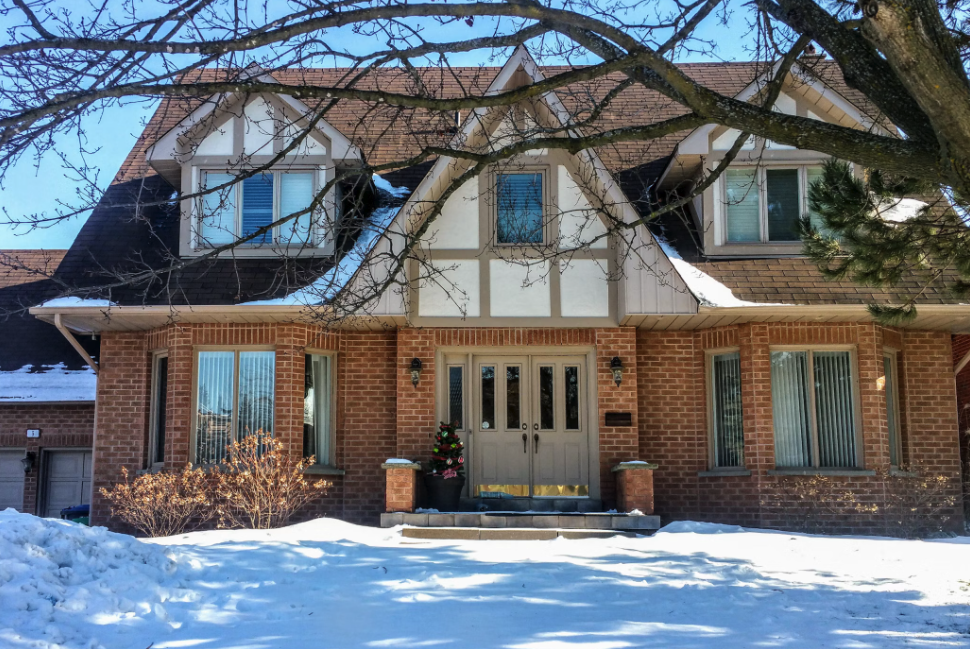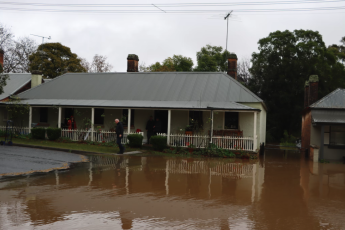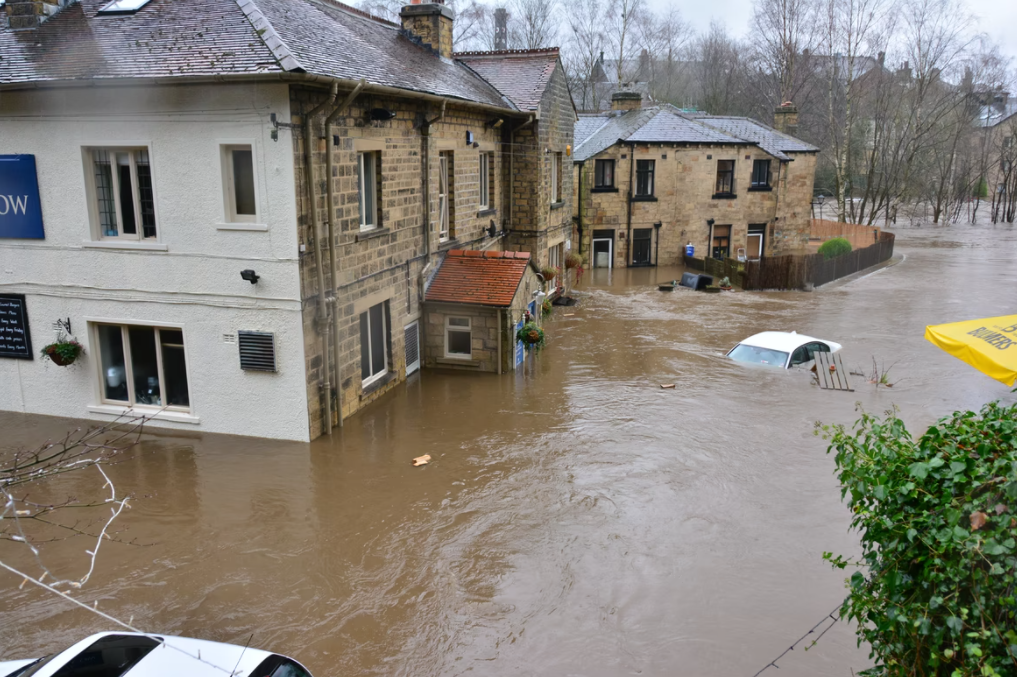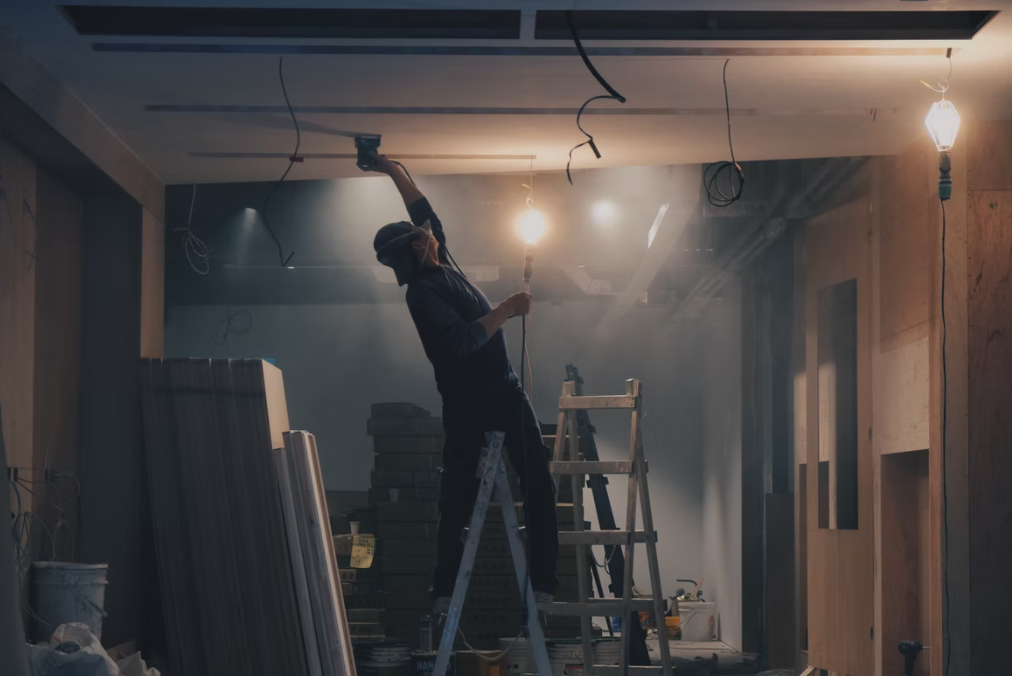How to Prepare Your Home for Winter: A Checklist

Winters in Chicago can be brutal, with temperatures often dipping well below freezing and snowstorms a regular occurrence!

But beyond braving the elements outdoors, homeowners need to take special steps indoors to ensure their homes can withstand the cold, protect against common winter problems, and maintain a comfortable, warm environment. From heating maintenance to preventing frozen pipes, a winter-ready home isn’t just about comfort—it’s about avoiding potentially costly repairs.
This checklist offers essential steps every homeowner should take to protect their home before winter truly arrives.
Tend to Plumbing Problems and Prepare for Freezing Temperatures
Chicago winters are infamous for causing pipes to freeze and, in some cases, burst, leading to significant water damage and repair costs. Addressing any existing plumbing issues now can help avoid bigger problems down the road. Start by insulating pipes in areas that aren’t heated, such as basements, attics, and garages. Be sure to check for any slow leaks and have them repaired promptly—what may seem like a minor drip now can turn into a major issue if pipes freeze.
Also, keep an emergency plumber’s contact information handy. In case of a plumbing emergency in the dead of winter, a quick call to an expert can prevent minor leaks from turning into full-blown disasters, which can save time, stress, and money.
Look up emergency plumber Chicago to connect with reliable professionals.
Seal Windows and Doors to Keep Warmth Inside
The first line of defense against winter cold is ensuring that your home is properly sealed. Windows and doors are common culprits for heat loss, as even small gaps can allow cold air to seep in and drive up your heating bill. Start by inspecting each window and door for drafts. One effective way to check for drafts is to hold a candle or lighter near the edges—if the flame flickers, there’s an air leak. To fix these, consider adding weather stripping or caulk to seal the gaps. Weather stripping is affordable, easy to apply, and can dramatically improve your home’s ability to retain heat. Caulking, especially around window frames, is another simple yet highly effective method.
By sealing up these problem areas, you can prevent cold drafts from slipping in and keep your heating system from overworking to maintain a cozy indoor temperature.
Service Your Heating System to Avoid Midwinter Breakdowns
Your heating system is your home’s backbone during winter, and it’s crucial to ensure it’s in top working order before the temperatures drop further. Schedule a professional HVAC inspection to check for any potential issues with your furnace, boiler, or heat pump. A professional can clean out dust, check for worn-out parts, and ensure the system runs efficiently, which can improve indoor air quality and lower energy bills. Replacing filters regularly is also essential to maintain airflow and system efficiency. A well-maintained heating system not only keeps your home comfortable but also reduces the risk of an unexpected breakdown.
Clear Out Gutters and Inspect the Roof for Damage
Winter storms can wreak havoc on roofs, especially if gutters are clogged or if there are loose or damaged shingles. Clogged gutters can trap water, leading to the formation of ice dams, which can cause water to back up and leak into your home. To avoid this, clear out any leaves, dirt, or debris from your gutters before the first snowfall. This will allow melting snow and ice to drain properly and prevent buildup. Additionally, inspect your roof for any missing or damaged shingles, as these can become entry points for water during winter storms. Repairing these now is much easier and less costly than dealing with leaks or water damage later on.
Add Insulation to Keep Your Home Cozy and Energy-Efficient
Insulating your home isn’t just a good idea—it’s essential for surviving a winter without racking up sky-high heating bills. Adding insulation to your attic, basement, and walls can help retain warmth, reduce drafts, and relieve some of the pressure on your heating system. Proper insulation also helps to eliminate cold spots, making every corner of your home more comfortable. If your home is older or hasn’t been re-insulated in a while, consider having a professional assess your insulation needs. Many homes lose significant heat through poorly insulated attics and walls, which can make a huge difference once addressed. While the initial investment may seem like an extra expense, the energy savings and increased comfort throughout winter can make it more than worth the cost.
Stock Up on Winter Essentials for Emergency Preparedness
When a snowstorm hits, it can make basic errands challenging, if not impossible. Prepare yourself by stocking up on essential winter supplies before the season kicks into high gear. Rock salt, shovels, and ice melt are all must-haves for clearing walkways and driveways. For your car, keep a snow brush and emergency kit on hand, especially if you have to venture out in poor weather. Inside the house, have an emergency stash of non-perishable food, water, flashlights, and extra batteries in case of a power outage. If you rely on medication, make sure you have an adequate supply on hand. By stocking up on essentials now, you can avoid the last-minute rush and ensure your household is ready to handle whatever winter may throw your way.
Reverse Ceiling Fans to Circulate Warm Air
Many people are surprised to learn that ceiling fans can actually help keep your home warmer during winter. By reversing the direction of your ceiling fans—usually by flipping a switch on the fan itself—you can change the airflow to push warm air downwards. This simple adjustment helps circulate the warm air that naturally rises to the ceiling, making the room feel cozier and more comfortable without needing to increase the thermostat setting. This trick is especially effective in rooms with high ceilings, where warm air tends to collect above the living space. With this small change, you can reduce strain on your heating system and maintain an even temperature throughout your home.
Preparing your home for winter may take some effort, but it’s a worthwhile investment that can make a big difference in comfort, safety, and energy savings. With harsh winter conditions, these preventive steps can help ensure that your home remains warm, secure, and resilient against the cold. From sealing windows to stocking up on essentials, each step contributes to a safe and cozy environment where you can relax and enjoy the season without worry. Taking the time now to prepare will leave you better equipped to handle whatever winter brings, allowing you to enjoy the colder months in warmth and comfort.








